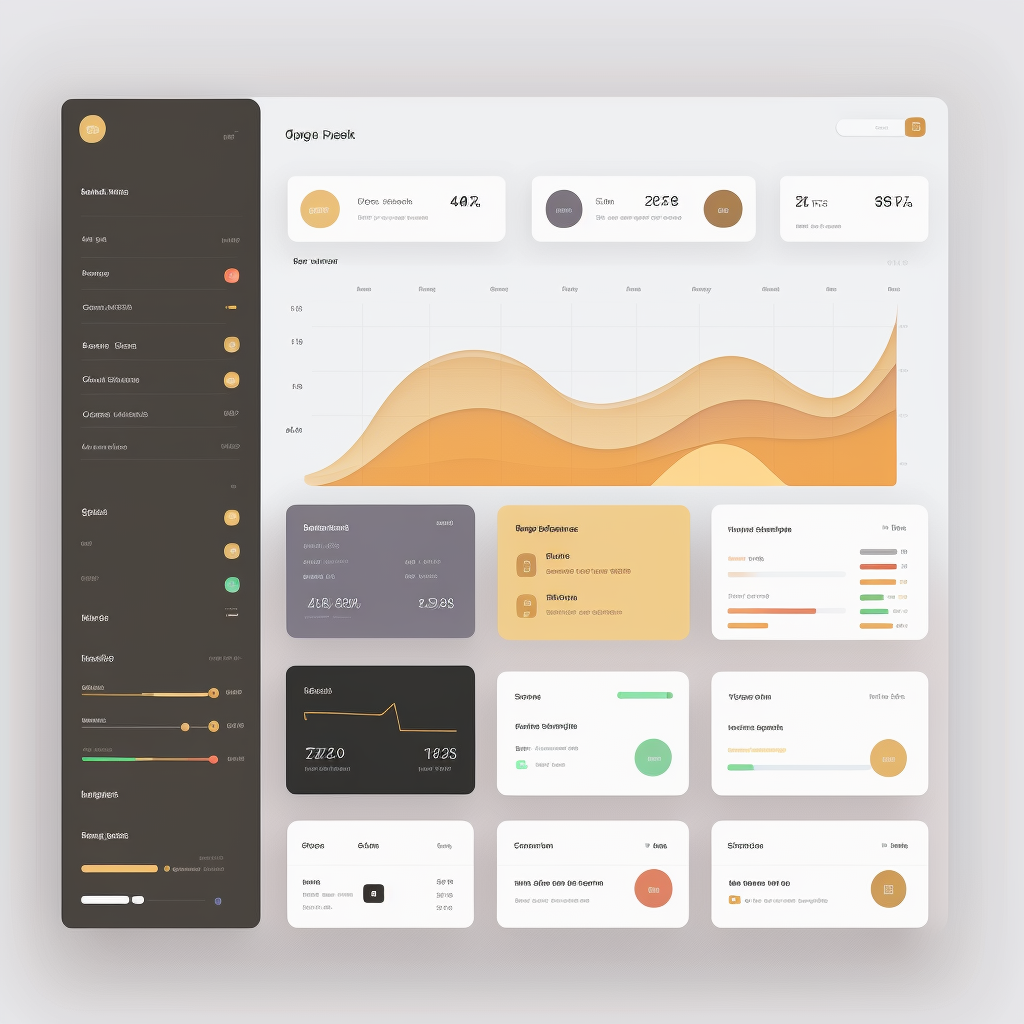A UX (User Experience) path or roadmap is a structured learning plan that outlines the skills and knowledge needed to advance in a UX career. This roadmap is divided into different levels of seniority, starting from a beginner and progressing to an expert. Here’s a suggested UX learning path for every level of seniority:
1. Beginner (0-1 years of experience)

Foundational knowledge:
- Introduction to UX Design: Learn the basics of UX design, its principles, and its importance in product development.
- Design Thinking: Understand the design thinking process and how it can be applied to solve complex problems.
- User Research: Learn about different user research methods, such as interviews, surveys, and usability testing.
- Information Architecture: Understand the basics of organizing, structuring, and labeling content effectively.
- Interaction Design: Learn how to design intuitive and engaging interactions between users and products.
Resources:
- Books: “Don’t Make Me Think” by Steve Krug, “The Design of Everyday Things” by Don Norman.
- Online courses: Coursera’s “Introduction to User Experience Design,” Udemy’s “UX & Web Design Master Course.”
- Podcasts: “UX Podcast,” “The UX Collective.”
2. Intermediate (1-3 years of experience)

Developing expertise:
- Visual Design: Improve your visual design skills, focusing on typography, color theory, and layout.
- Prototyping: Learn how to create interactive prototypes using tools like Sketch, Figma, Adobe XD, or InVision.
- Usability Testing: Gain experience in planning, conducting, and analyzing usability tests.
- User Interface (UI) Design: Learn to design visually appealing and functional interfaces.
- Responsive Design: Understand how to design for different screen sizes and devices.
Resources:
- Books: “Seductive Interaction Design” by Stephen Anderson, “About Face: The Essentials of Interaction Design” by Alan Cooper.
- Online courses: Interaction Design Foundation’s “User Experience: The Beginner’s Guide,” LinkedIn Learning’s “UX Design Techniques.”
- Meetups: Attend local UX design meetups to network, learn from experienced professionals, and gain insights.
3. Advanced (3-5 years of experience)

Specialization and leadership:
- UX Strategy: Learn how to develop and implement UX strategies that align with business goals.
- Accessibility: Understand web accessibility guidelines (WCAG) and design for inclusivity.
- User Experience Metrics: Learn how to measure and track UX success using quantitative and qualitative data.
- Design Systems: Understand the principles of creating and managing design systems for consistency and scalability.
- Team Collaboration: Improve your collaboration skills as you work with cross-functional teams, including developers, product managers, and marketers.
Resources:
- Books: “UX Strategy” by Jaime Levy, “Designing for the Digital Age” by Kim Goodwin.
- Online courses: Coursera’s “UX Design Fundamentals,” General Assembly’s “User Experience Design Immersive.”
- Conferences: Attend UX conferences like UXPA, Interaction, and UX Week to learn from industry leaders and network with professionals.
4. Expert (5+ years of experience)

Thought leadership and mentorship:
- UX Leadership: Develop leadership skills to manage and mentor UX teams effectively.
- Advanced Research Methods: Learn advanced user research techniques, such as diary studies, card sorting, and contextual inquiry.
- Emerging Technologies: Stay updated with the latest trends and technologies, such as voice interfaces, AI, and AR/VR.
- Teaching and Mentoring: Share your expertise by teaching, mentoring, or writing about UX design.
- Industry Influence: Contribute to the UX community by speaking at conferences, writing articles, or participating in industry-related events.
Resources:
- Books: “The User Experience Team of One” by Leah Buley, “Orchestrating Experiences” by Chris Risdon and Patrick Quattlebaum.
- Online courses: NN/g’s “UX Management: Strategy and Tactics,” MasterClass’s “Design Leadership.”
- Networking: Join professional organizations, such as UXPA, IxDA, or AIGA, to connect with fellow UX professionals and stay current in the field.
Remember, this is just a suggested roadmap. The path you choose will depend on your interests, goals, and learning preferences. Be sure to continually assess your skills and knowledge, and adjust your learning plan as needed to advance in your UX career.
Looking to take the next step in your UX career? As a UX designer with several years of experience, I am dedicated to creating exceptional user experiences and helping companies meet their goals through intuitive and user-friendly design.
If you’re interested in discussing your UX design needs or learning more about how I can help you advance your career, please schedule a meeting with me here. Let’s collaborate and create something great together.